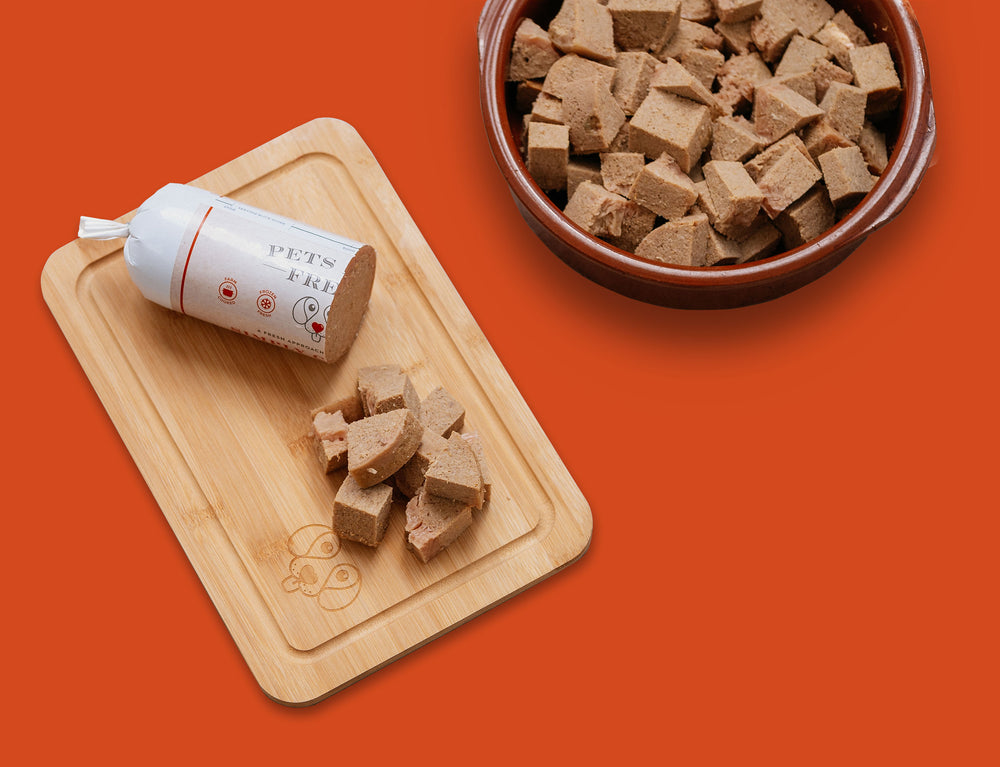Labrador Breed Guide: Temperament, Training, Grooming & Nutrition
Labradors are among the most popular and recognisable dog breeds, loved for their friendly nature, intelligence, and versatility. This guide covers everything you need to know about Labradors, including their temperament, training, grooming, and nutritional needs.
What is a Labrador?
Labradors are medium to large-sized dogs renowned for their friendly nature, intelligence, and energetic spirit. Originally bred as working dogs, they are now one of the most popular dog breeds worldwide, known for their loyalty, versatility, and loving temperament. Whether as a family companion or a skilled service dog, Labradors excel in a variety of roles, making them an ideal choice for many dog owners.
Labrador Breed History: What Were They Bred for?
While Labradors are popular today as family pets, their history goes back to working dogs used by fishermen in Newfoundland. These dogs were essential for retrieving fishing nets and even helping to haul heavy loads. Over time, their versatility and loyal nature made them excellent companions for hunters, farmers, and eventually, families worldwide. This history gives Labradors their strong work ethic and intelligence, traits that remain prominent today. Understanding this background can help you appreciate your Labrador's energetic nature and love for both play and work.
Labrador Key Facts
- Life Expectancy: 10-12 years
- Average Full-Grown Height: 21.5-24.5 inches
- Average Weight: 55-80 pounds
- Coat Type: Short, dense, and water-resistant
- Coat Colours: Black, yellow, and chocolate
- Temperament: Friendly, intelligent, and outgoing
- Hypoallergenic: No
-
Origin: Newfoundland, Canada
Types of Labradors
English Labrador
English Labradors are stockier, with a broader chest and thicker build. They are often more relaxed and ideal for families.
American Labrador
American Labradors are taller, leaner, and more energetic. They’re commonly used as working or sporting dogs.
Labrador Temperament & Personality Traits
Labradors are known for their friendly, outgoing, and people-oriented nature. They’re great with children and other pets, making them ideal family companions. Their intelligence and eagerness to please make them highly trainable, but they may develop behavioural issues like chewing or barking if left unstimulated.
Labrador Coat Types & Colours
Labradors have short, dense, and water-resistant coats. Their coat colours include black, yellow, and chocolate, with no significant difference in temperament between the colours. Our Salmon Oil is great for keeping coats shiny, healthy and smooth!
Do Labradors Shed?
Yes, Labradors shed year-round, with heavier shedding during spring and fall. Regular brushing helps manage shedding and keeps their coats healthy.
Labrador Grooming
Labradors have a short, dense, and water-resistant coat that sheds year-round, with peak shedding periods in the spring and fall. While they don't require professional grooming, regular brushing (at least once a week) helps manage shedding and prevents mats. They also need occasional baths to keep their coat clean, particularly if they’ve been swimming or playing outside. It’s also a good idea to check their ears regularly to prevent infections, as their floppy ears can trap moisture and dirt.
Labrador Health Issues
Hip Dysplasia
A common genetic condition that affects joint mobility. Maintaining a healthy weight and providing joint supplements can help.
Obesity
Labradors are prone to weight gain. Regular exercise and a balanced diet are essential to prevent obesity.
Ear Infections
Their floppy ears can trap moisture, leading to infections. Regular ear cleaning can help avoid this issue.
Labrador Size and Growth
Labradors grow fast, and it’s fascinating to watch them evolve from tiny puppies into large, strong dogs. As puppies, they start at around 1-2 pounds and can grow to their full adult weight (55-80 pounds) within the first year. Their height typically ranges between 21.5 to 24.5 inches. Puppies can be very excitable and playful, but as they mature, they become calmer and more focused. Regular, appropriate exercise during their growth phase helps them develop strong muscles and joints.
How Much Exercise Does a Labrador Need?
Yes, Labradors are high-energy dogs that require at least 1-2 hours of exercise daily. Activities like walking, swimming, or fetch are ideal to keep them physically and mentally stimulated.
Labrador Nutrition
Labradors need a high-protein diet with balanced fats, vitamins, and minerals. On average, they should be fed 2-3 cups of high-quality food daily, split into two meals.
Pets Love Fresh offers fresh, nutritious dog food made with real meat from British farms. Our recipes are:
- Free from preservatives and cheap fillers
- Gently cooked for maximum nutrition
- Created by a team of nutritionists, dieticians, vets, and pet owners
- Packed with essential vitamins and minerals
Switch to Pets Love Fresh for a healthier, happier Labrador!
This guide provides everything you need to know to ensure a happy and healthy life for your Labrador. Whether you're an experienced owner or considering welcoming a Labrador into your family, these tips will help you give your furry friend the care they deserve!
For optimal nutrition, we offer a range of high-quality, fresh dog food options to suit your Labrador’s specific needs. From probiotic dog food for better digestive health to high-fibre options for improved digestion, we’ve got you covered. If your Labrador has food sensitivities, our hypoallergenic dog food is a great choice, or you can choose our natural dog treats for healthy rewards.
Order today for fresh, nutritious meals that will keep your Labrador happy and healthy!


